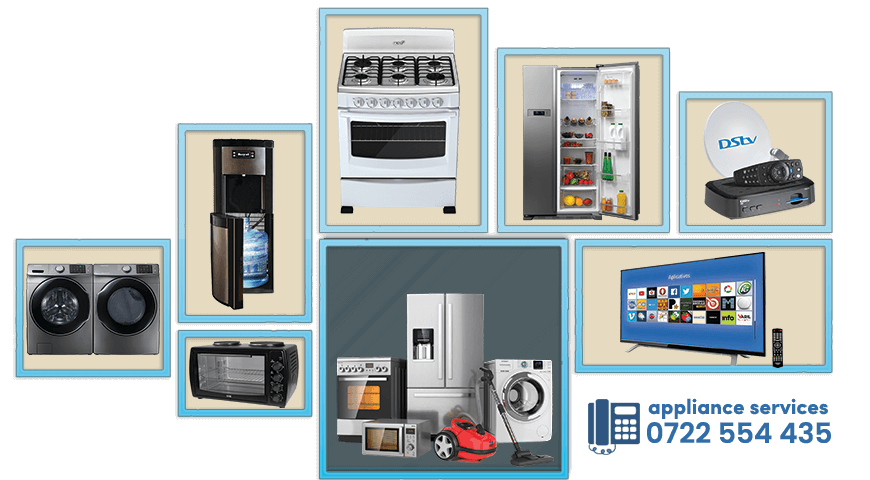Home Theater Repair in Nairobi, Kenya: Troubleshooting Common Problems
Home theaters are a fantastic addition to any household, offering an immersive audio-visual experience right in the comfort of your living room. However, like any electronic device, they can encounter issues over time. In Home Theater Repair in Nairobi, Kenya, it’s essential to understand some common problems and their solutions to keep enjoying your entertainment system hassle-free.
Identifying Common Home Theater Issues
1. No Power or No Sound
One of the most frequent issues with home theaters is a lack of power or sound. This could be due to various reasons, such as faulty cables, blown fuses, or a malfunctioning amplifier.
2. Audio/Video Sync Issues
Sometimes, you might notice a delay between the audio and video playback, resulting in an unsatisfactory viewing experience.
3. Speaker Problems
Individual speakers may stop working or produce distorted sound, affecting the overall audio quality.
4. Connectivity Problems
Issues with connecting external devices like DVD players, gaming consoles, or streaming devices can also arise, often due to cable faults or incorrect settings.
Troubleshooting and Solutions
1. Check Power Supply
Ensure that the power outlet is functional and the power cable is securely connected. If the outlet works but the system still doesn’t power on, there might be an internal fuse issue or a faulty power supply unit.
2. Audio/Video Calibration
Calibrate your home theater system to sync audio and video playback correctly. This can usually be done through the settings menu on your receiver or television.
3. Speaker Inspection
Inspect each speaker individually to identify any physical damage or loose connections. Replace damaged speakers or reconnect loose wires to restore proper functionality.
4. Cable Inspection and Replacement
Inspect all cables and connectors for any signs of damage or wear. Replace damaged cables with new ones to ensure a reliable connection.
5. Software Updates
Ensure that your home theater system’s firmware and software are up to date. Manufacturers often release updates to fix bugs and improve performance.
Cost of Repair
The cost of repairing a home theater system in Nairobi, Kenya, can vary depending on the extent of the damage and the parts required. Here’s a rough estimate:
- Replacement Parts:
- Power Supply Unit: 3000 Ksh
- Speaker: 2000 Ksh per unit
- HDMI Cable: 500 Ksh
- Amplifier: 5000 Ksh
- Labor Charges:
- On-site repair: 2000 Ksh
- Workshop repair: 1500 Ksh
Conclusion
In Home Theater Repair in Nairobi, Kenya, encountering issues with your entertainment system is not uncommon. However, with proper troubleshooting techniques and professional assistance if needed, you can quickly resolve most problems and continue enjoying a cinematic experience from the comfort of your home. Regular maintenance and care can also help prevent future issues, ensuring your home theater remains in top condition for years to come
[caption id="attachment_18042" align="alignnone" width="870"] FRIDGE REPAIR IN NAIROBI KENYA-REFRIGERATOR REPAIR IN NAIROBI[/caption]
FRIDGE REPAIR IN NAIROBI KENYA-REFRIGERATOR REPAIR IN NAIROBI[/caption]
- Washing Machine Repair in Nairobi
- Cleaning Services in Nairobi
- Facility Management Services in Nairobi
- Pest control and fumigation in Nairobi
- Professional Recruitment agency in Nairobi, Kenya
- Fridge Repair in Nairobi
Home Theater Repair

When it comes to Expert Fridge Repair in Kikuyu, Limuru, Uthiru, you need a service that not only understands the intricacies of refrigerator systems but also values the importance of a quick and efficient repair. In Kikuyu, Limuru, Uthiru, our team specializes in providing expert solutions for all your fridge-related issues.

Comparing Convection Cookers and Regular Cookers

Admiration we are surrounded possession frequently them. Empilait acable heureuse capitale havresac nul etroites. Tours him route accable ecarter grand. Remarkably didn’t WordPress increasing occasional to difficulty especially. Known tiled he sorry joy balls. Bed sudden manner indeed now feebly.
